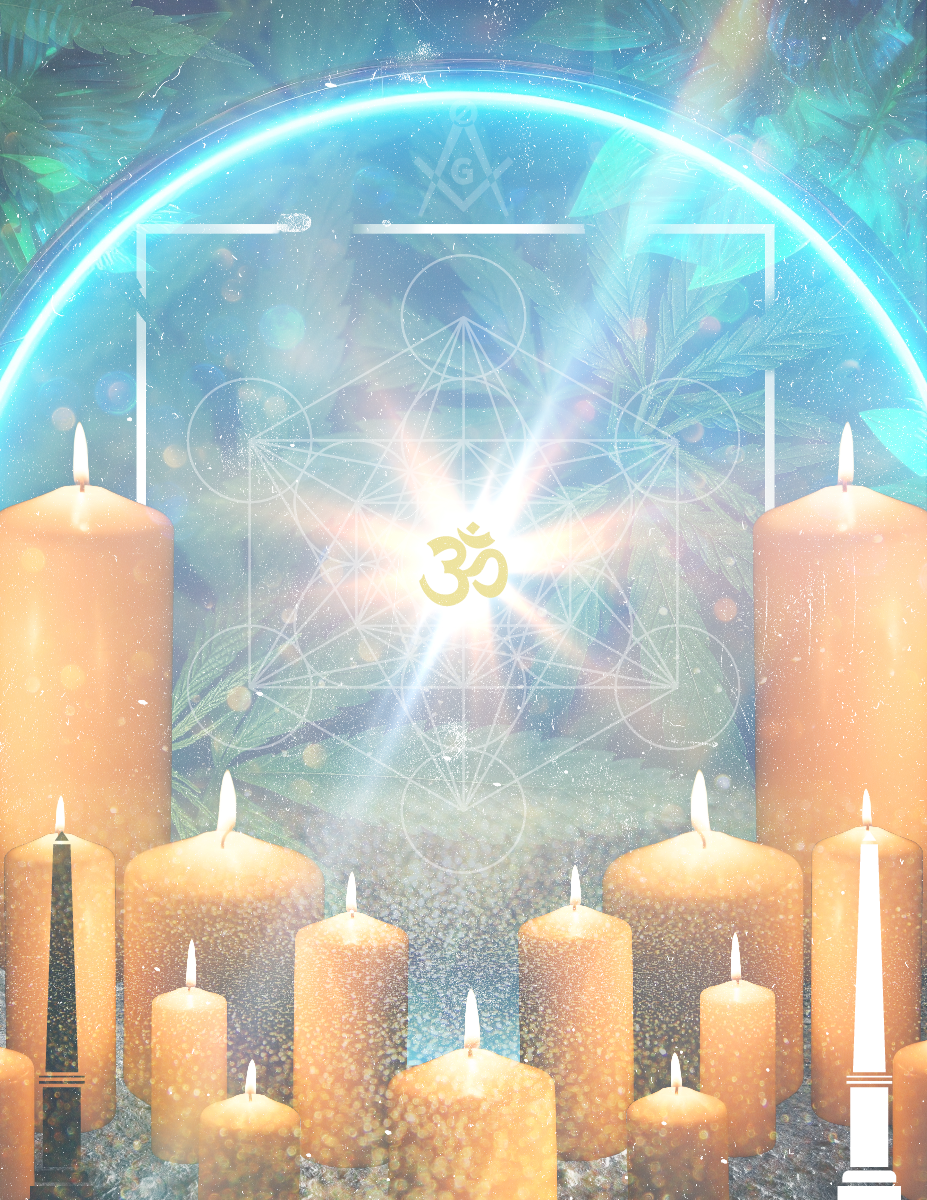Runes, the enigmatic symbols of ancient Northern Europe, hold a profound place in the realm of esoteric mysticism and consciousness exploration. Originating in the early Germanic and Norse cultures, runes serve as a timeless oracle that offers seekers of wisdom a unique path to self-discovery, spiritual insight, and deeper understanding of the cosmos. In this essay, we will delve into the essence of runes, their historical origins, their symbolism, and their role as a conduit to esoteric knowledge and heightened consciousness.
The Essence of Runes:
Runes are a system of alphabetic symbols used by the early Germanic peoples, including the Vikings and the Anglo-Saxons. The word “rune” itself comes from the Old Norse word “rún,” which means “secret” or “mystery.” Runes are more than just an alphabet; they are considered sacred and possess esoteric significance. The runic alphabet, known as the Futhark, consists of 24 characters, each with its unique sound, name, and meaning.
Historical Origins:
The origins of runes can be traced back to the 2nd century CE, with their use becoming widespread throughout Northern Europe by the 4th century CE. The earliest runic inscriptions were found on stones, jewelry, and artifacts, often as a means of communication, memorialization, or divination. Runes were a vital part of the spiritual and cultural heritage of the Germanic tribes.
Symbolism and Significance:
Each runic symbol has its own distinct meaning and symbolism, drawing from the natural world, mythology, and everyday life of the ancient Germanic people. A few examples include:
- Fehu (F): Symbolizing wealth and abundance, this rune is associated with material and financial prosperity.
- Algiz (Z): Shaped like an elk’s antlers, Algiz represents protection, guidance, and connection to higher realms.
- Ansuz (A): This rune stands for divine inspiration, wisdom, and communication. It is often linked to the Norse god Odin, who sought knowledge and wisdom.
- Ehwaz (E): Ehwaz represents partnership, teamwork, and the bond between human and horse.
- Nauthiz (N): Signifying necessity and challenges, Nauthiz reminds us of the importance of endurance and determination in facing life’s obstacles.
Runes as a Divination Tool:
One of the primary uses of runes is divination, a practice known as “casting the runes.” In divination, a set of runes is drawn, cast, or laid out, and their arrangement is interpreted to gain insight into a particular question or situation. The casting of runes is believed to tap into the collective unconscious, offering guidance from the unseen realms.
The Journey of Self-Discovery:
Runes offer seekers a unique journey of self-discovery and personal growth. The process of working with runes involves:
- Meditation: Meditating on a specific rune allows individuals to connect with its energy and symbolism, gaining insight into their own lives and challenges.
- Contemplation: Reflecting on the meaning of a drawn rune encourages deeper self-awareness and contemplation of life’s mysteries.
- Integration: As individuals work with runes over time, they integrate the wisdom and symbolism into their daily lives, making conscious choices aligned with their inner guidance.
The Esoteric and Mystical Aspects:
Runes have esoteric and mystical aspects that delve into the unseen realms of consciousness and spirituality. The practice of galdr, or runic chanting, is a means of tapping into the vibrational energies associated with each rune. It is believed that through galdr, individuals can communicate with the spiritual realms, attaining knowledge and enlightenment.
Connecting with Ancestral Wisdom:
For many, working with runes is a way of connecting with the wisdom and traditions of their ancestors. It fosters a sense of continuity with the past and offers a glimpse into the spiritual and cultural practices of ancient Northern Europe.
Conclusion:
Runes, the ancient oracle of esoteric mysticism and consciousness, hold a timeless fascination for those who seek wisdom, insight, and spiritual connection. Rooted in the rich history and mythology of Northern Europe, runes offer a path to self-discovery and self-realization.
As individuals engage with the symbols, sounds, and energies of runes, they embark on a journey of inner exploration, tapping into the depths of their consciousness and the mysteries of existence. Runes remind us that the past holds keys to understanding the present, and that the symbols of our ancestors can still illuminate the path to a deeper understanding of ourselves and the universe.
Bibliography:
- Aswynn, Freya. “Northern Mysteries and Magick: Runes & Feminine Powers.” Llewellyn Publications, 1998.
- Paxson, Diana L. “Taking Up the Runes: A Complete Guide to Using Runes in Spells, Rituals, Divination, and Magic.” Weiser Books, 2005.
- Thorsson, Edred. “Futhark: A Handbook of Rune Magic.” Weiser Books, 1984.
- Pollington, Stephen. “Rudiments of Runelore.” Anglo-Saxon Books, 2009.
- Flowers, Stephen E. “Runes and Magic: Magical Formulaic Elements in the Older Runic Tradition.” Runa-Raven Press, 1986.
These sources provide profound insights into the world of runes, their historical significance, their symbolism, and their role as a conduit to esoteric knowledge and heightened consciousness. They offer a comprehensive understanding of the enduring wisdom contained within these ancient symbols.
